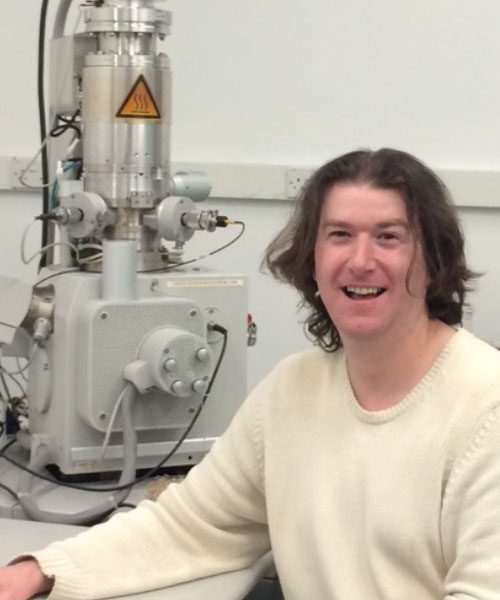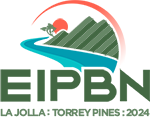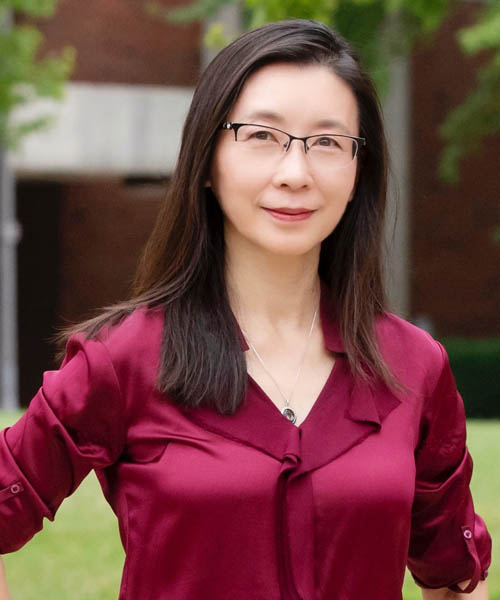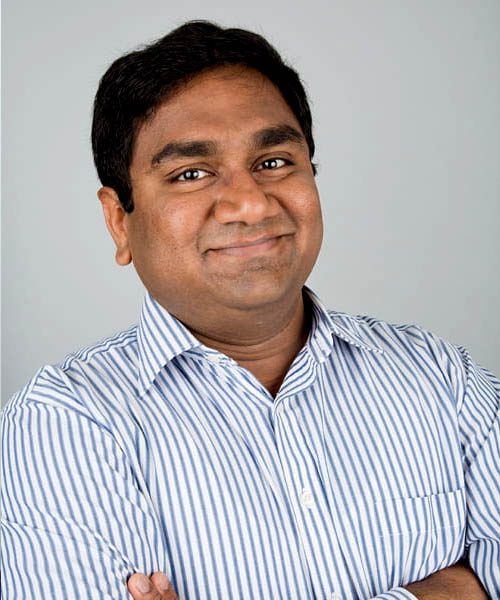Scott Lewis
California Institute of Technology
What are the Challenges for Creating a Positive Tone Metal-Organic Resist?
We investigate a series of metal-organic nanocomposite positive-tone photoresist materials that are suitable for electron beam lithography. From our initial Monte Carlo studies, the nanocomposite resist performance demonstrated a resolution of 50 nm half-pitch while exhibiting a high resistance achieving a selectivity of >1:25.
About Scott Lewis
Dr. Lewis has over 15 years’ experience developing metal – organic resist materials for electron/ion beam and extreme ultra violet lithography. He has developed a 3D Monte Carlo simulation suite called ‘Excalibur’ for modelling resist materials and in nanofabrication by Electron Beam Lithography (EBL) and Ion Beam Lithography (IBL).
Dr. Lewis is a co-founder of a spin out company called ‘Sci-Tron Ltd’ from the University of Manchester to provide a platform for the unique resist technology developed at the University of Manchester to reach to the market. He is the inventor of the ‘SML resist’ that exhibits nano structures with aspect ratios of more than 10:1, which led to the creation of a company called EM Resist Ltd. SML resist is widely used in research laboratories.
In November 2022, Dr Lewis was appointed to the California Institute of Technology (Caltech). Dr. Lewis’s research focuses on designing new active materials that can be integrated into electron/ion beam additive engineering systems. Specifically designing and characterizing positive and negative resist materials for electron beam and extreme ultra violet lithography and pattern transfer. His particular interests and active programme include: Developing new models for 3D Monte Carlo simulations to model resist materials, where his focus is to model the electron scattering behaviour in the resist environment to enable the nanofabrication of disruptive devices by photo and e-beam lithography. Developing new electron beam tools for additive manufacturing. Developing new materials for electron beam lithography and extreme ultra violet lithography that will enable fabrication of 5 nm structures. Developing pattern transfer processes by either metalization or dry etching techniques. Developing electron accelerator technology that leads to the understanding of the exposure mechanisms of resist materials.
Prior to joining Caltech, in 2016, Dr. Lewis was appointed to a research fellow at the school of Chemistry, University of Manchester, United Kingdom. His major research is on designing and fabricating unique positive and negative resist systems which are exposed using Extreme Ultra Violet lithography (EUVL) or Electron Beam lithography (EBL) techniques. His areas of research was supported by EPSRC, UKRI, and Industrial grants. Prior to joining the University of Manchester, Dr. Lewis earned his BENG in Electronic Engineering from Cardiff University, United Kingdom followed by MSc. In Electronic Engineering and Ph.D. in Electronic Engineering degrees.
In 2016, Dr. Lewis was a recipient of the Royal Society of Chemistry Emerging Technologies for Materials award. He is author/co-author of more than 20 papers, 3 book chapters, and over 40 patent applications.

What are the Challenges for Creating a Positive Tone Metal-Organic Resist?
Date: Thursday, May 30
Time: 8:00 - 8:30 am
Location: Scripps Ballroom I




